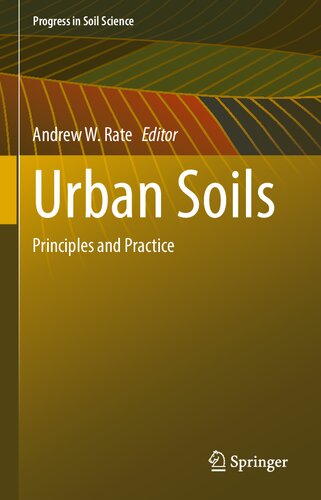

Most ebook files are in PDF format, so you can easily read them using various software such as Foxit Reader or directly on the Google Chrome browser.
Some ebook files are released by publishers in other formats such as .awz, .mobi, .epub, .fb2, etc. You may need to install specific software to read these formats on mobile/PC, such as Calibre.
Please read the tutorial at this link: https://ebookbell.com/faq
We offer FREE conversion to the popular formats you request; however, this may take some time. Therefore, right after payment, please email us, and we will try to provide the service as quickly as possible.
For some exceptional file formats or broken links (if any), please refrain from opening any disputes. Instead, email us first, and we will try to assist within a maximum of 6 hours.
EbookBell Team

4.1
30 reviewsThe authors reflect current developments in research and urban trends. In China, for example, the proportion of the population living in cities increased from 13% in 1950 to 45% in 2010 (World Bank data). Australia is one of the world's top ten urbanised countries with population greater than ten million, with approximately 90% of its population living in cities, mainly along Australia's coast. The most rapidly urbanising populations are currently in nations of the African continent. Soils in urban areas have multiple functions which are becoming more valued by urban communities: soils supply water, nutrients and physical support for urban plant and animal communities (parks, reserves, gardens), and are becoming increasingly valued for growing food. Soils may be used for building foundations, or as building materials themselves. Urban hydrology relies on the existence of unsealed soils for aquifer protection and flood control.
This volume presents the importance of urban ecosystems and the impacts of global change. It examines pedogenesis of urban soils: natural materials affected by urban phenomena, and natural processes acting on urban materials, including an examination of different climatic zones. There is a focus on soils formed on landfill, reclaimed land, dredge spoils as well as soil-related changes in urban geomorphology. There is plenty of discussion on urban soil as a source and sink as well as soil geochemistry and health.
The book is intended primarily as a text for upper-level undergraduate, and postgraduate (Masters) students. It will also be invaluable as a resource for professionals such as researchers, environmental regulators, and environmental consultants.